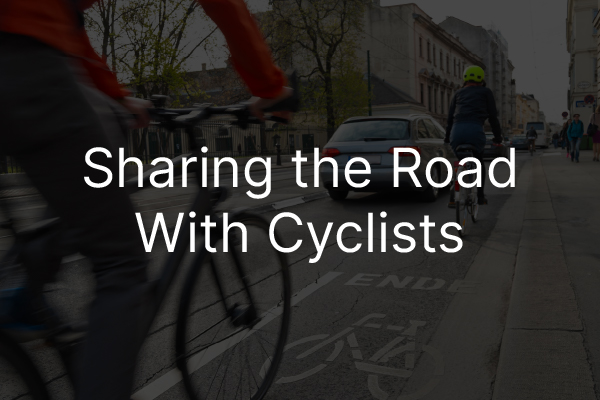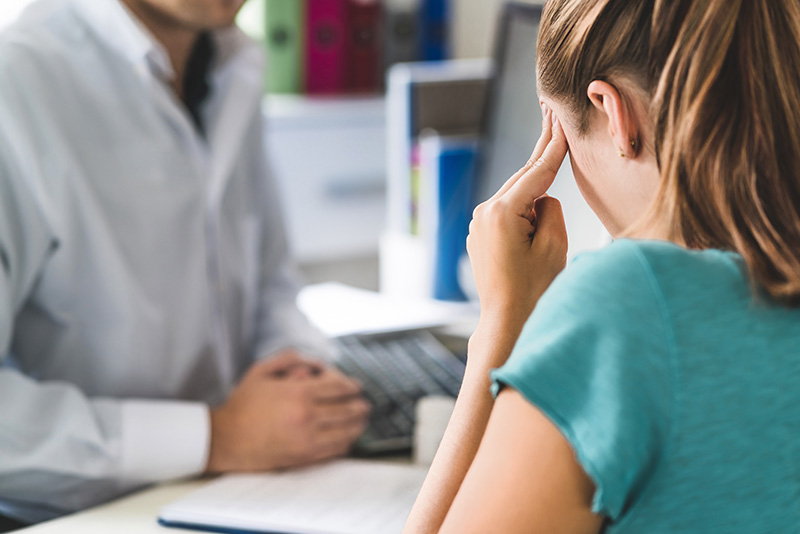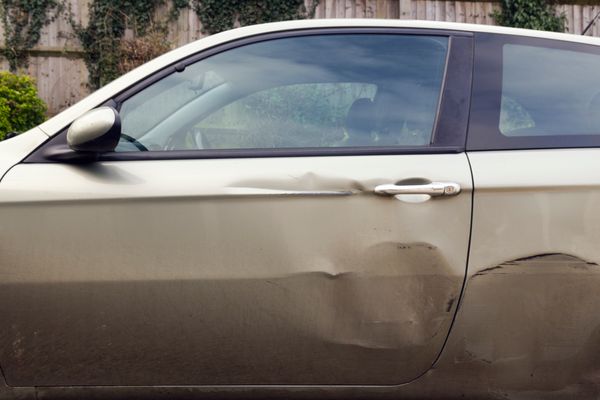
The state of Texas is infamous for its large number of motor vehicle accidents. While the words “motor vehicle accident” may bring up images of cars, other modes of transportation such as motorcycles and bicycles can be a part of these accidents as well. And because motorists are less protected on these modes of transport compared to cars, accidents involving motorcycles and bikes are often among the most gruesome. To better protect all motorists on the road, you must know the laws set in place to help drivers share the road with motorcyclists and bicyclists. Here’s a rundown on Texas’s bicycle and motorcycle laws and how you can better share the road to protect yourself and others.
Sharing the Road With Motorcyclists
Motorcyclists must follow additional laws created to protect automobile drivers and themselves on the road. Failure to follow these laws can result in hefty tickets or serious accidents that may lead to injury or death. These are the additional laws that apply to motorcyclists:
All Motorcyclists Are Strongly Encouraged to Wear Helmets
Helmets are designed to protect one’s head from serious damage during an accident or fall. While Texas State law does not require all motorcyclists to wear a helmet, it does require the operator or any passengers under the age of 21 to wear one.
Wearing a motorcycle helmet that has been properly crash-tested is your best defense against serious head injuries in the case of an accident.
The Following Safety Gear Must Be Worn at All Times
- Proper eye protection (glasses, goggles, or a face shield)
- Approved helmet (if under the age of 21)
- Full-fingered gloves
- Long-sleeved shirt or jacket
- Long pants made from a heavy material
- Durable over-the-ankle footwear
Tips for Drivers to Be Safer Around Motorcyclists
The roads can be made safer for both drivers of automobiles and motorcycles by following these practices:
- Check blind spots before changing lanes or merging.
- Double-check traffic at intersections before you turn or pull out.
- Try to predict hazards facing motorcyclists and how they may react to them. Potential hazards include the following:
- Poor road conditions, such as potholes
- Inclement weather
- Flying debris
- Oil slicks
- Heavy traffic
- Don’t follow too closely behind a motorcycle.
- Increase the following distance between you and the driver in front of you even more during times when driving conditions may be poor.
- Use turn signals well ahead of time so other drivers and motorcyclists have time to adjust.
- Always check for motorcyclists before taking a turn.
- Do not drive beside a motorcycle in the same lane.
Sharing the Road With Bicyclists

Under Texas State law, a bicycle is considered a vehicle. Individuals riding a bicycle have the same rights and duties that are applied to individuals driving a motorized vehicle. All usual traffic laws, such as stopping at red lights, also apply to bicycles. Cyclists should be aware of and follow all traffic laws, signs, and signals.
There are also additional laws designed to ensure that both bicycles and drivers of motorized vehicles can communicate properly. This allows drivers to understand the intentions of a cyclist so they can react accordingly. These are the additional laws that are in place for cyclists:
All Cyclists Must Use Hand Signs:
Hand signals allow others on the road to know the intentions of the cyclist. This is the same for a driver using their turn signal. Using hand signs to signal your intentions as a cyclist is one of the best ways to avoid an accident. These are the signals that all bicyclists should know before they get on the road:
- To signal the intent to stop: Extend your left hand out and bend your elbow to extend your forearm downward at a 90-degree angle.
- To signal a left turn: Extend your left arm out horizontally.
- To signal a right turn: Extend your left arm out to the left and bend your elbow to extend your forearm up at a 90-degree angle. You can also extend your right arm out horizontally.
All Bikes Must Have Lights
Every bike being used on the road needs to have a white light on the front and a red reflector or light on the rear. This is incredibly important, especially at night time when visibility is lower. The lights allow other drivers to see you and help avoid collisions.
The headlamp or white light on the front of your bicycle should be visible from at least 500 feet in front of you. The red reflector light needs to be visible from 300 feet behind you if it is a reflector or 500 feet behind you for a regular light.
All Bicyclists Should Ride Near the Curb and With the Flow of Traffic
When a bicyclist is riding on the road, they need to stay near the curb or in a specified bike lane if one is available. They should also travel in the same direction as traffic. Doing this will provide a safe amount of distance between vehicles on the road and the cyclist while also allowing traffic to continue to move forward.
There are a few exceptions to bicycles being restricted to staying near the curb, and they are as follows:
- When they need to pass another vehicle moving in the same direction.
- When they are preparing to turn left at an intersection or onto a private road or driveway.
- If there are unsafe conditions in the road, such as debris, that prevent the cyclist from safely riding next to the curb.
- A lane is less than 14 ft in width with no designated bicycle lane adjacent to that lane.
Tips for Drivers to Be Safer Around Bicyclists When On the Road

There are behaviors that drivers of motorized vehicles can follow to help protect bicyclists and themselves on the road. Here are some practices that every driver should implement:
- Watch out for cyclists at intersections.
- Always check your vehicle’s blind spots for cyclists before turning or changing lanes.
- Signal well before you turn.
- Make sure you know what the hand signs of a cyclist mean.
- Avoid passing a bicycle before you turn at an intersection.
- Give cyclists extra time to cross intersections.
- Slow down and allow plenty of space, about four feet, when you pass a bicycle. Make sure you check over your shoulder before returning to your lane.
- Be considerate of cyclists and don’t honk your horn unless it is necessary.
- Look around for cyclists before you open your door.
Involved in a Motorcycle or Bicycle Accident? Our Team Can Help
If you or a loved one was involved in an accident and suffered serious injuries due to the negligence of another driver, you need the experienced attorneys at the Hernandez Law Group, P.C. Our team does not back down from insurance companies and does not let the defense bully you into accepting anything less than you deserve. We have experience litigating all kinds of automobile accident cases, including motorcycle and bicycle accidents. Contact us to speak with one of our caring attorneys today about the facts surrounding your case or for more information on our services. We will fight for you!
